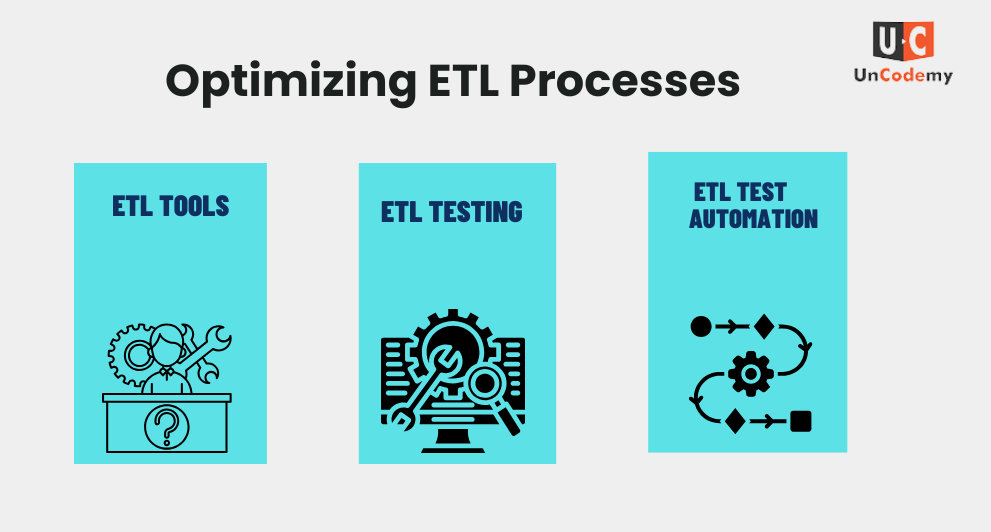Getting Started With Multi-Cloud Architecture

In today’s fast-paced digital world, businesses are increasingly turning to multi-cloud architectures to stay ahead of the curve. As the saying goes, “Don’t put all your eggs in one basket.” This approach involves leveraging services from multiple cloud providers to enhance flexibility, optimize performance, and mitigate risks.
What is Multi-Cloud Architecture?
Multi-cloud architecture refers to the use of services from two or more cloud providers, such as Amazon Web Services (AWS), Microsoft Azure, Google Cloud Platform (GCP), and IBM Cloud, within a single organization’s IT environment. This strategy allows businesses to distribute workloads across various platforms, ensuring they can “have their cake and eat it too” by capitalizing on the strengths of each provider.
Why Consider a Multi-Cloud Strategy?
- Avoiding Vendor Lock-In: Relying solely on one cloud provider can be like “putting all your eggs in one basket.” A multi-cloud approach ensures that businesses aren’t overly dependent on a single provider, offering the flexibility to switch or distribute workloads as needed.
- Optimizing Performance: Different cloud providers excel in various areas. By adopting a multi-cloud strategy, organizations can “play to their strengths” by utilizing the best services each provider offers.
- Enhancing Resilience: In the event of a service disruption, having resources spread across multiple clouds ensures that operations can continue smoothly, embodying the principle of “not putting all your eggs in one basket.”
Key Considerations for Implementing Multi-Cloud Architecture
- Inter-Cloud Connectivity: Establishing secure and efficient communication between different cloud environments is crucial. For instance, Google Cloud’s Cross-Cloud Interconnect provides high-bandwidth dedicated connectivity between Google Cloud and other cloud service providers.
- Cost Management: While a multi-cloud approach offers numerous benefits, it’s essential to be mindful of potential increased costs due to data transfer fees and redundant resource allocations. As the adage goes, “Look before you leap.”
- Security and Compliance: Different providers may have varying security protocols. Ensuring consistent security measures across all platforms is vital to protect sensitive data.
Illustrative Use Cases
- Disaster Recovery: A company might use AWS as its primary cloud provider and GCP as a disaster recovery site. In case of a failure in AWS, the systems can failover to GCP, ensuring business continuity.
- Data Analytics: An organization could run its transactional applications on Azure while utilizing Google’s BigQuery for advanced data analytics, thereby leveraging the specialized strengths of each platform.
Steps to Get Started with Multi-Cloud Architecture
- Assess Business Needs: Determine the specific requirements and goals that a multi-cloud strategy would address.
- Evaluate Providers: Research and compare cloud providers to identify which services align best with your objectives.
- Design the Architecture: Plan how different cloud services will integrate, considering factors like data flow, security, and management.
- Implement and Test: Deploy the multi-cloud environment and conduct thorough testing to ensure seamless operation.
- Monitor and Optimize: Continuously monitor performance and make adjustments as needed to maintain efficiency and security.
Conclusion
Embracing a multi-cloud architecture can provide businesses with the agility and resilience needed in today’s competitive landscape. By carefully planning and executing a multi-cloud strategy, organizations can “have their cake and eat it too,” enjoying the combined benefits of multiple cloud platforms.







